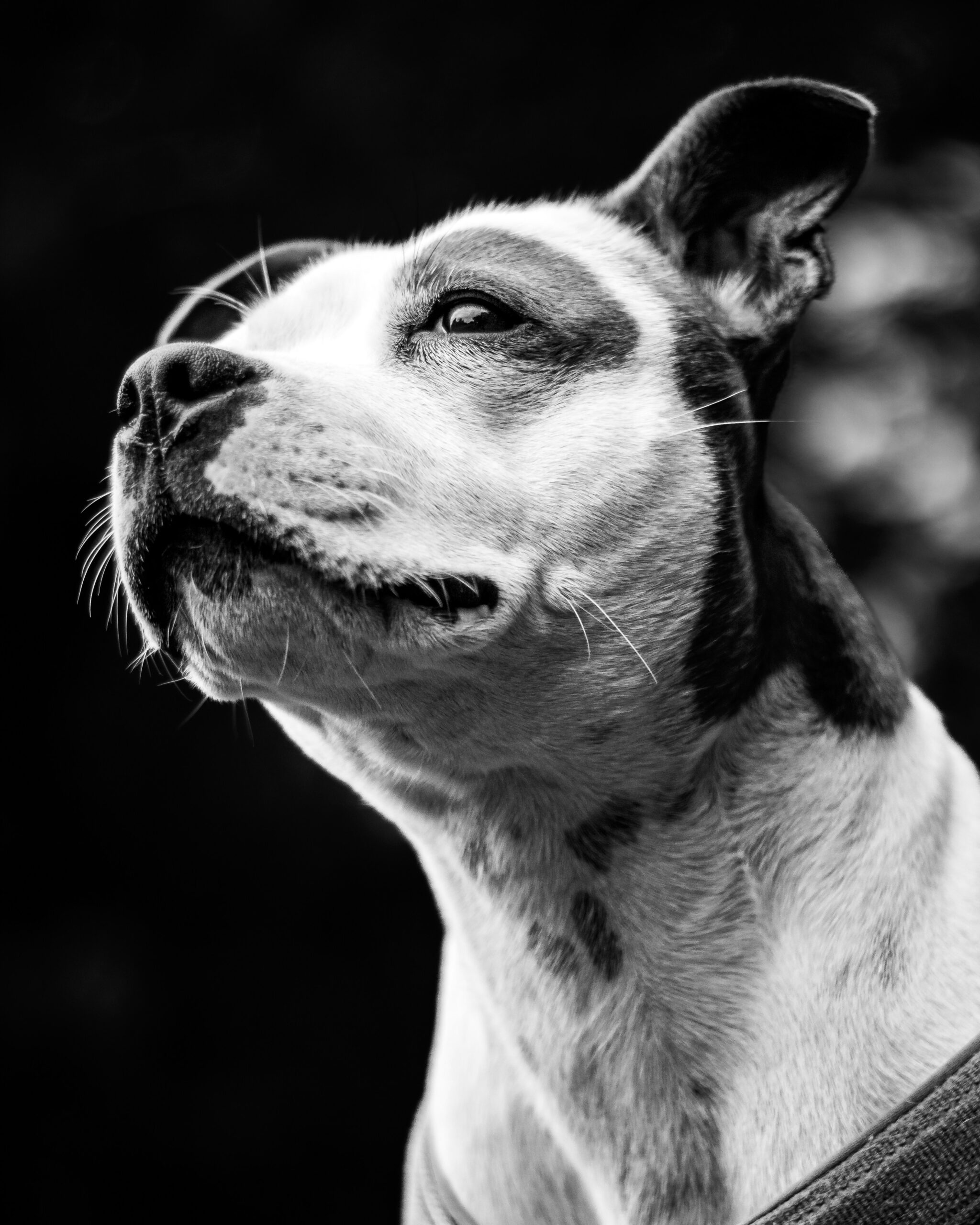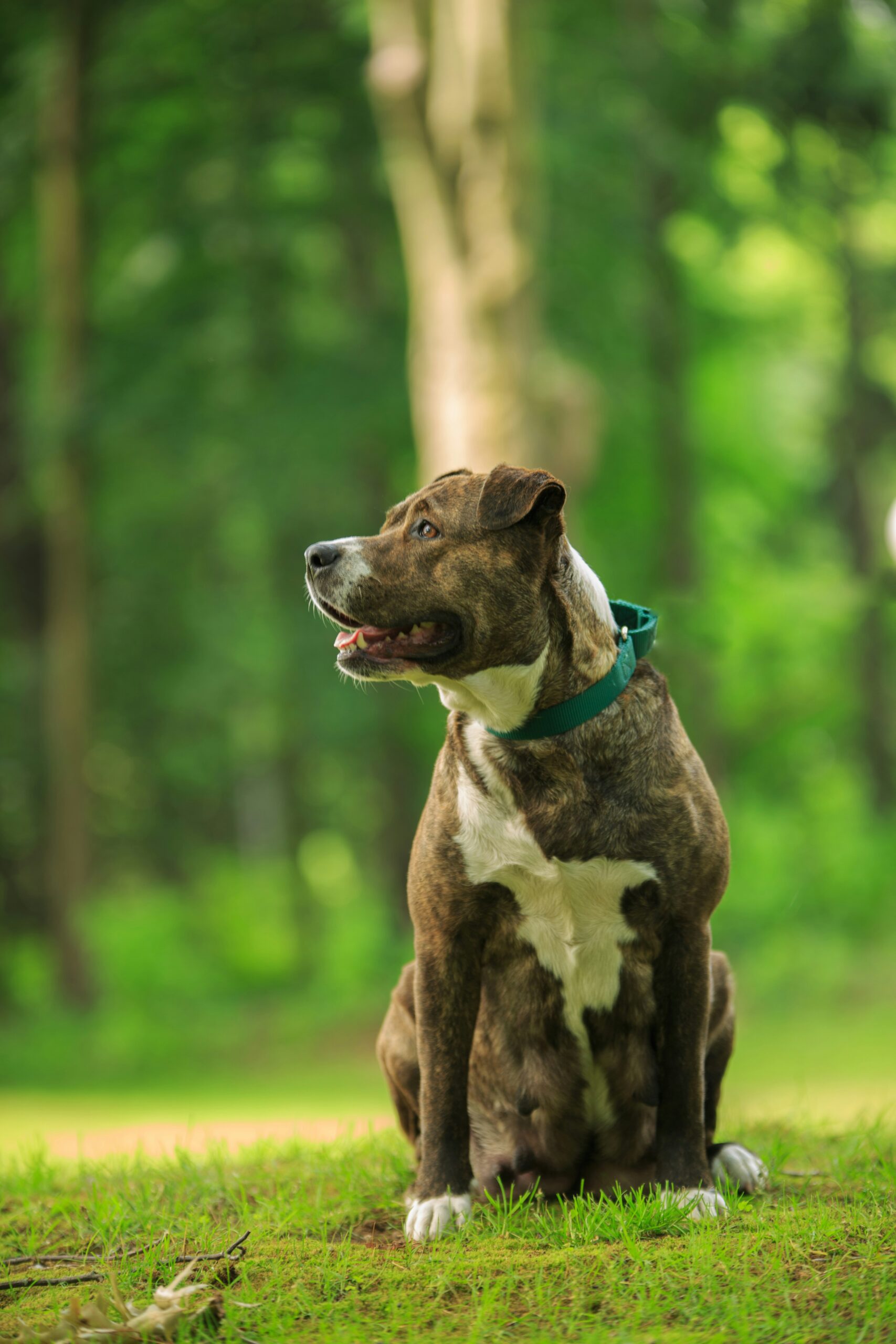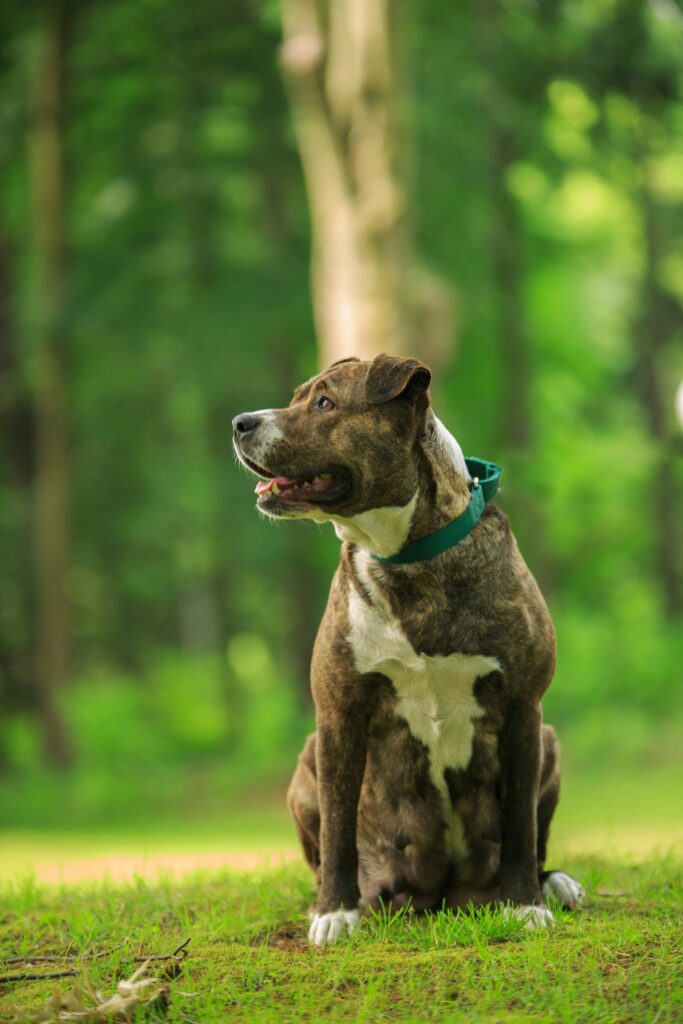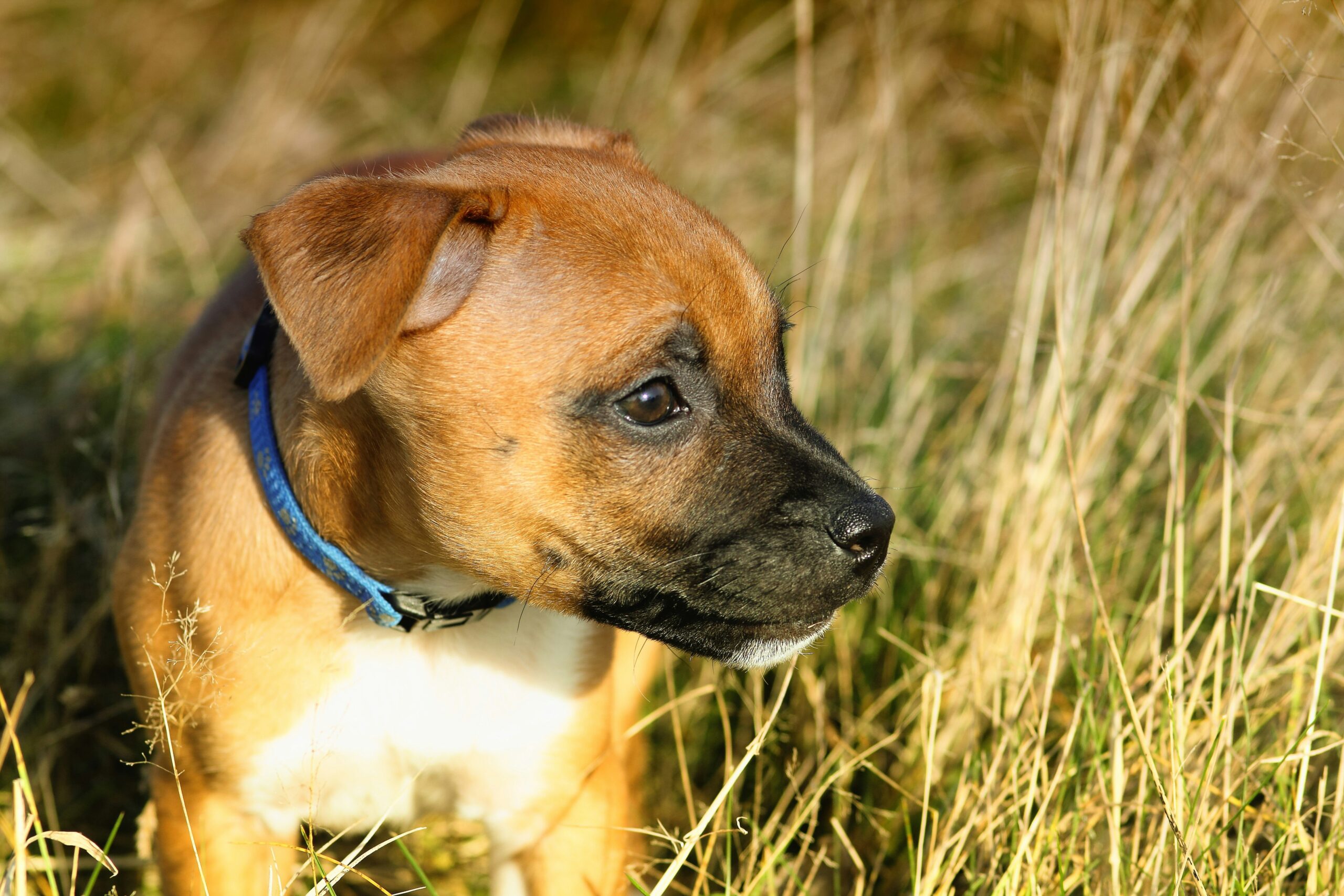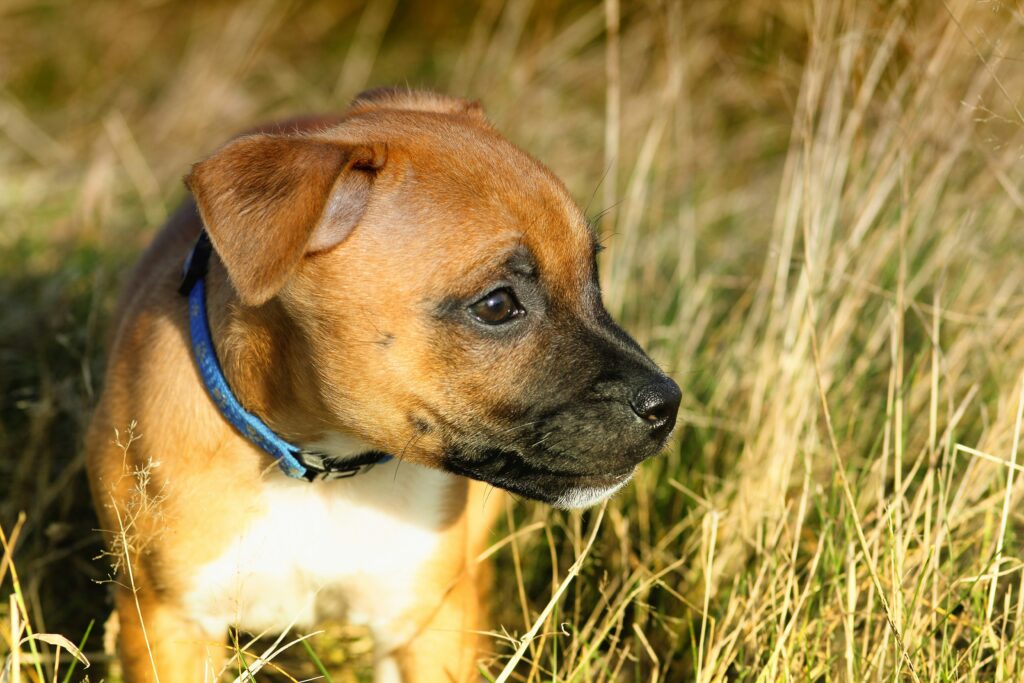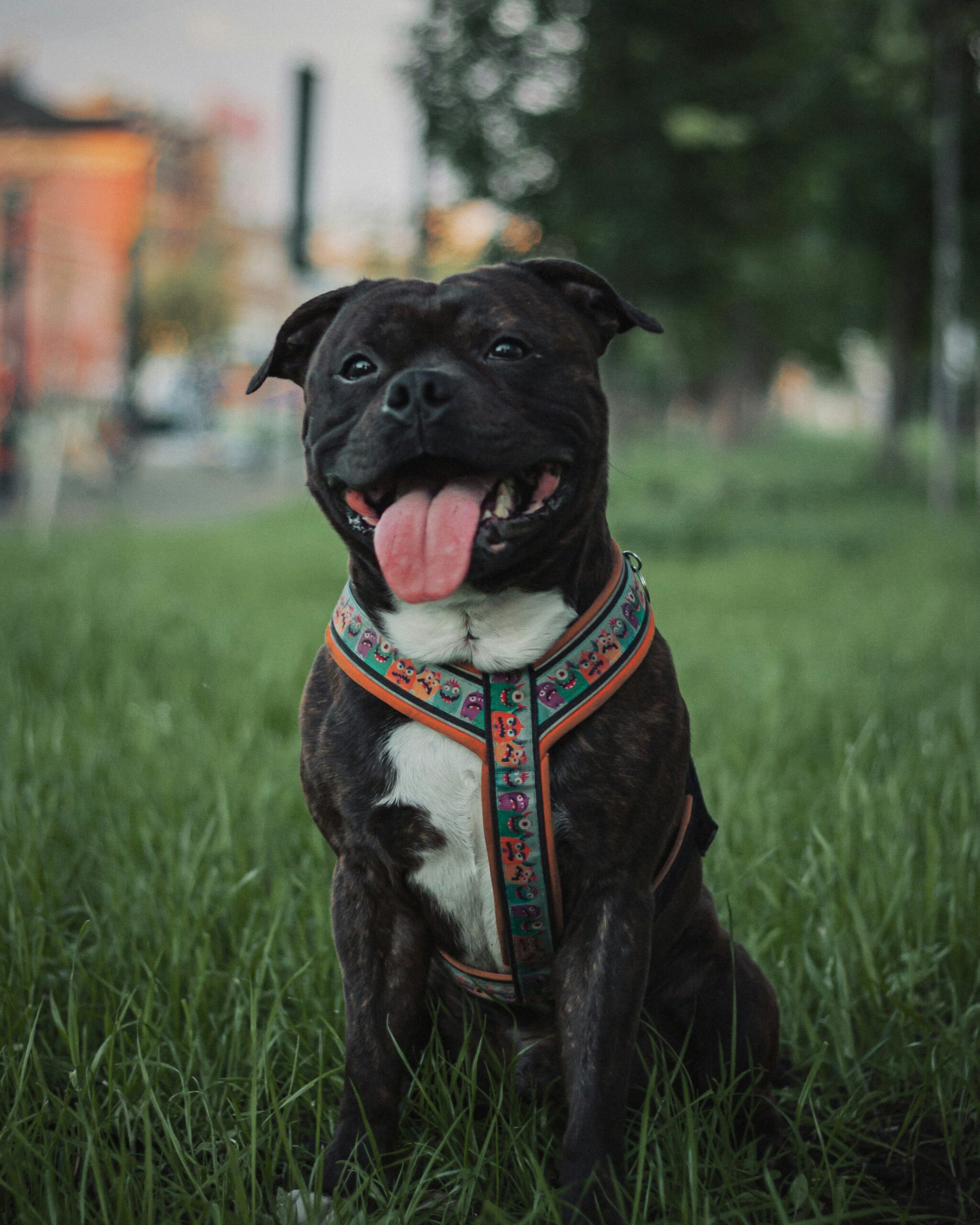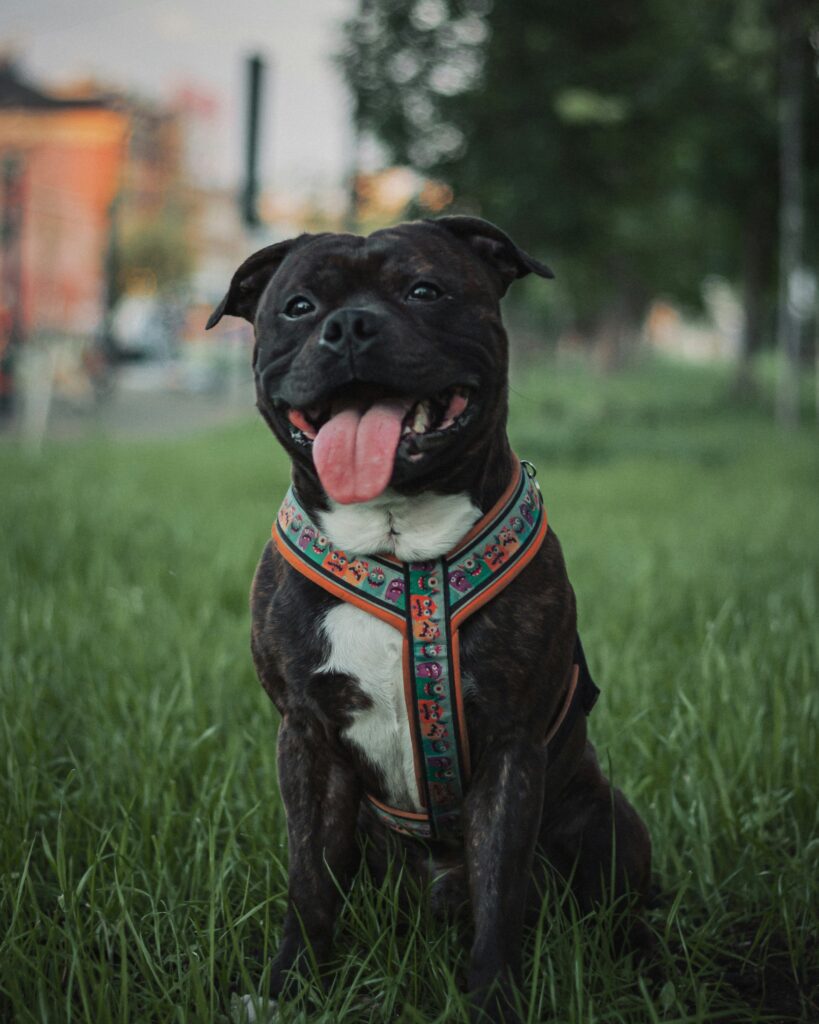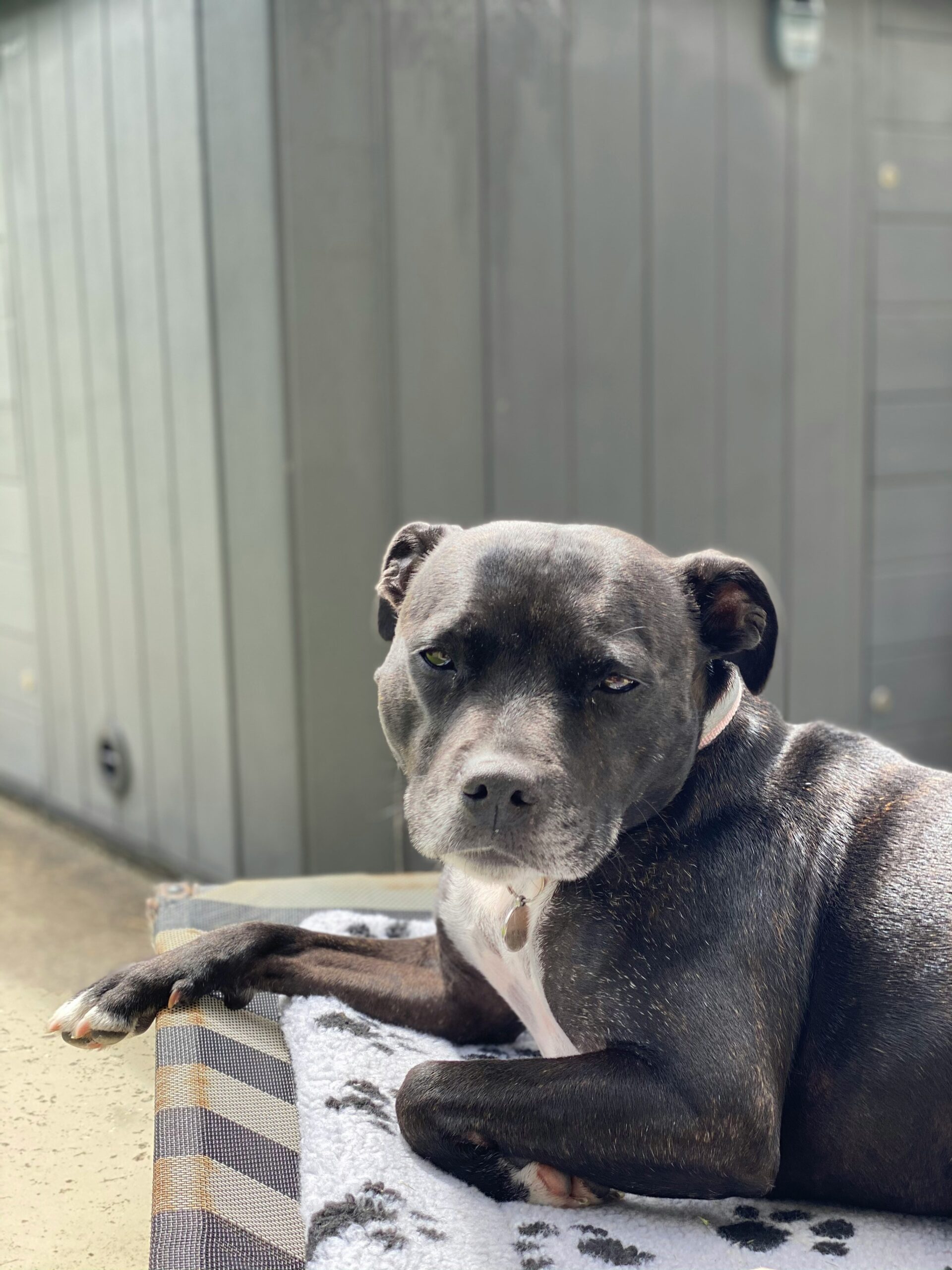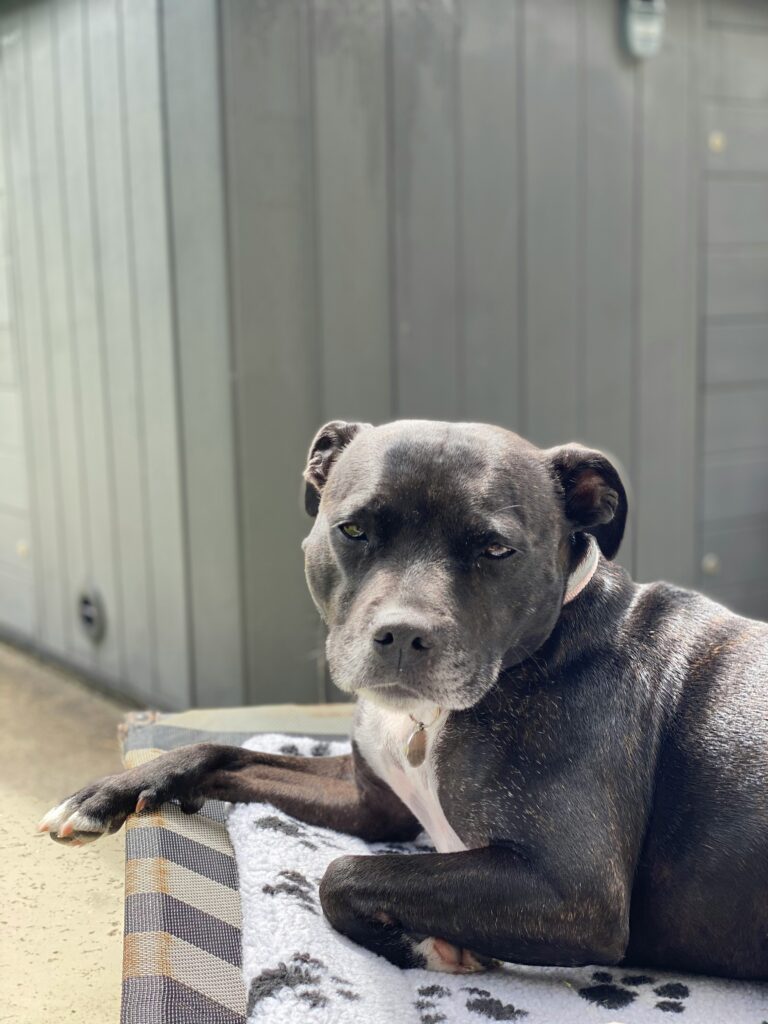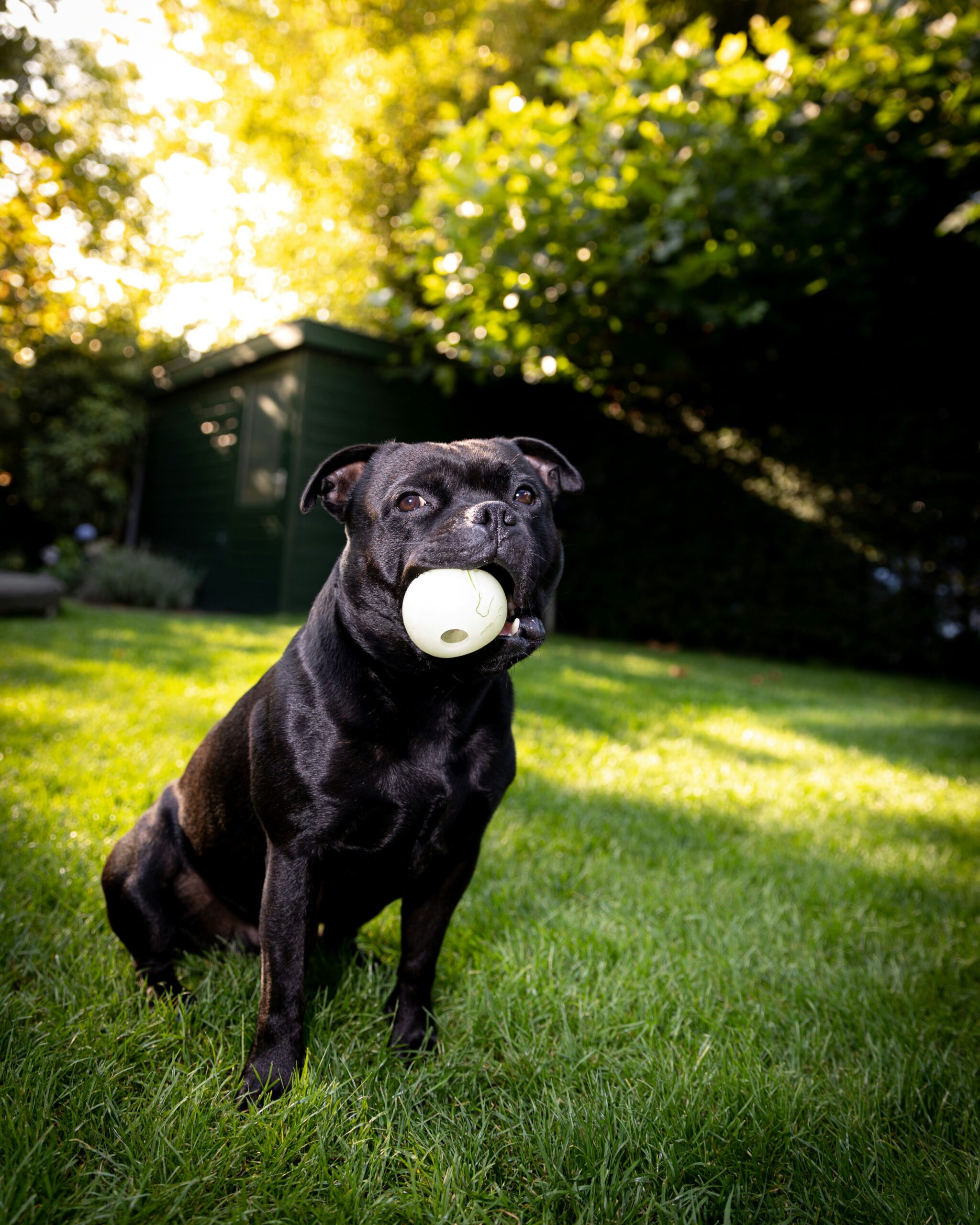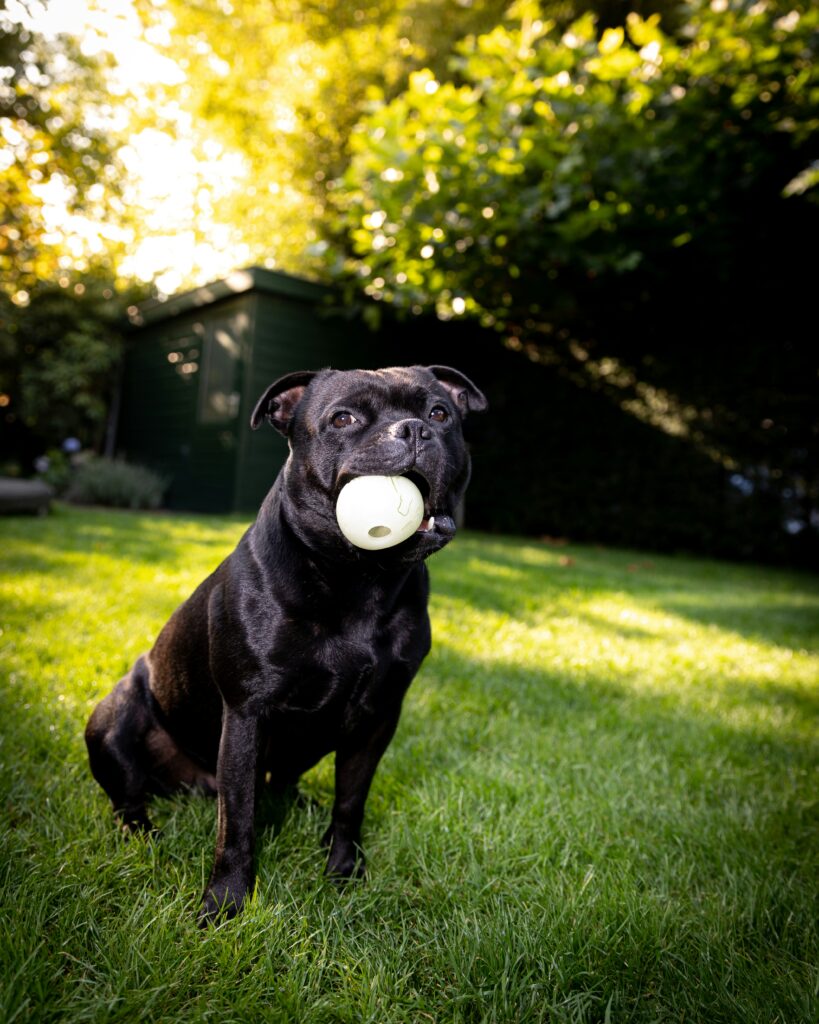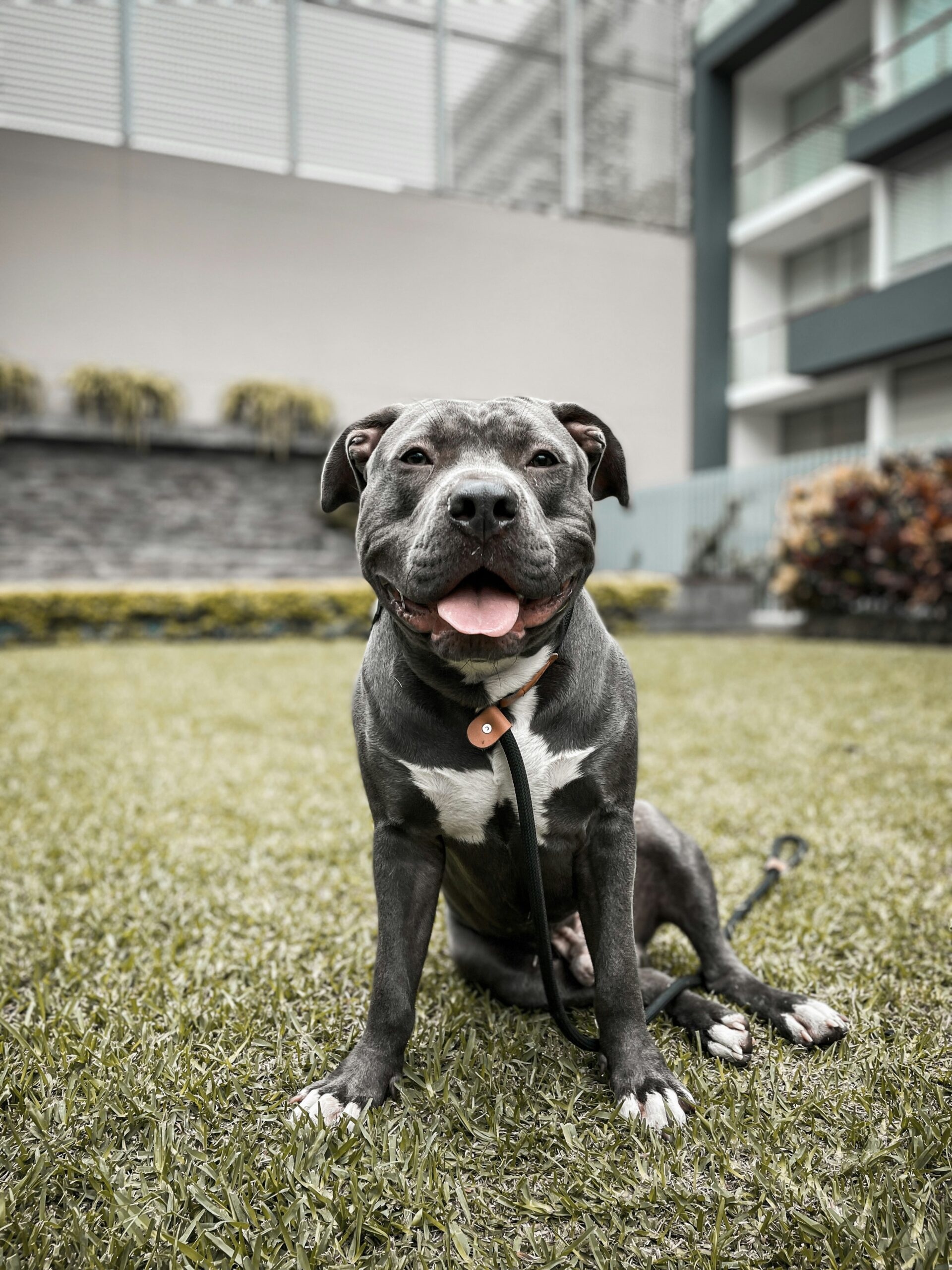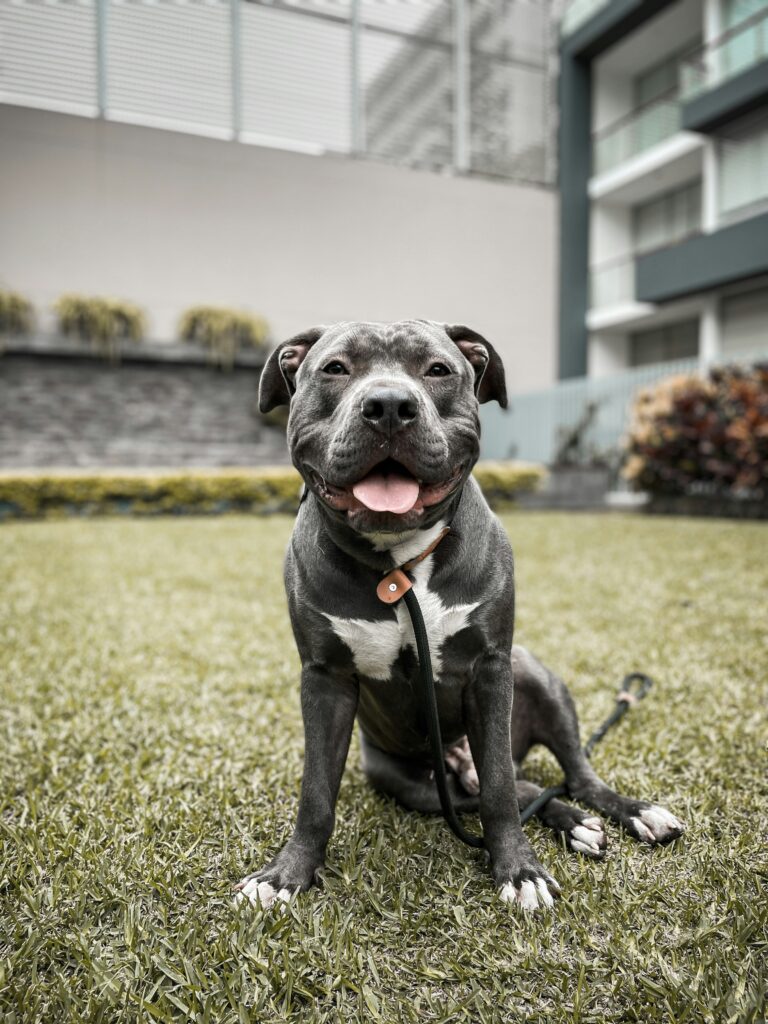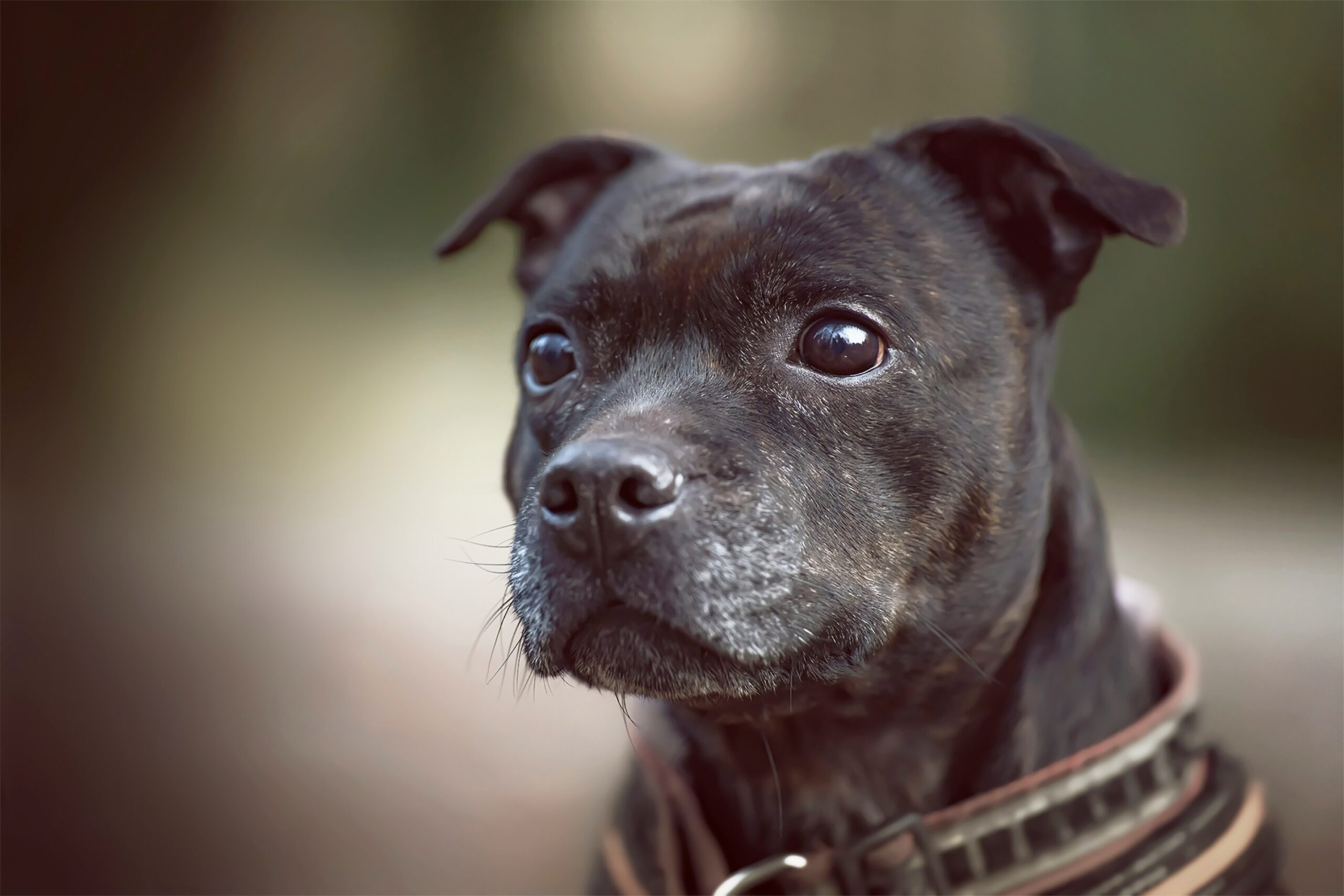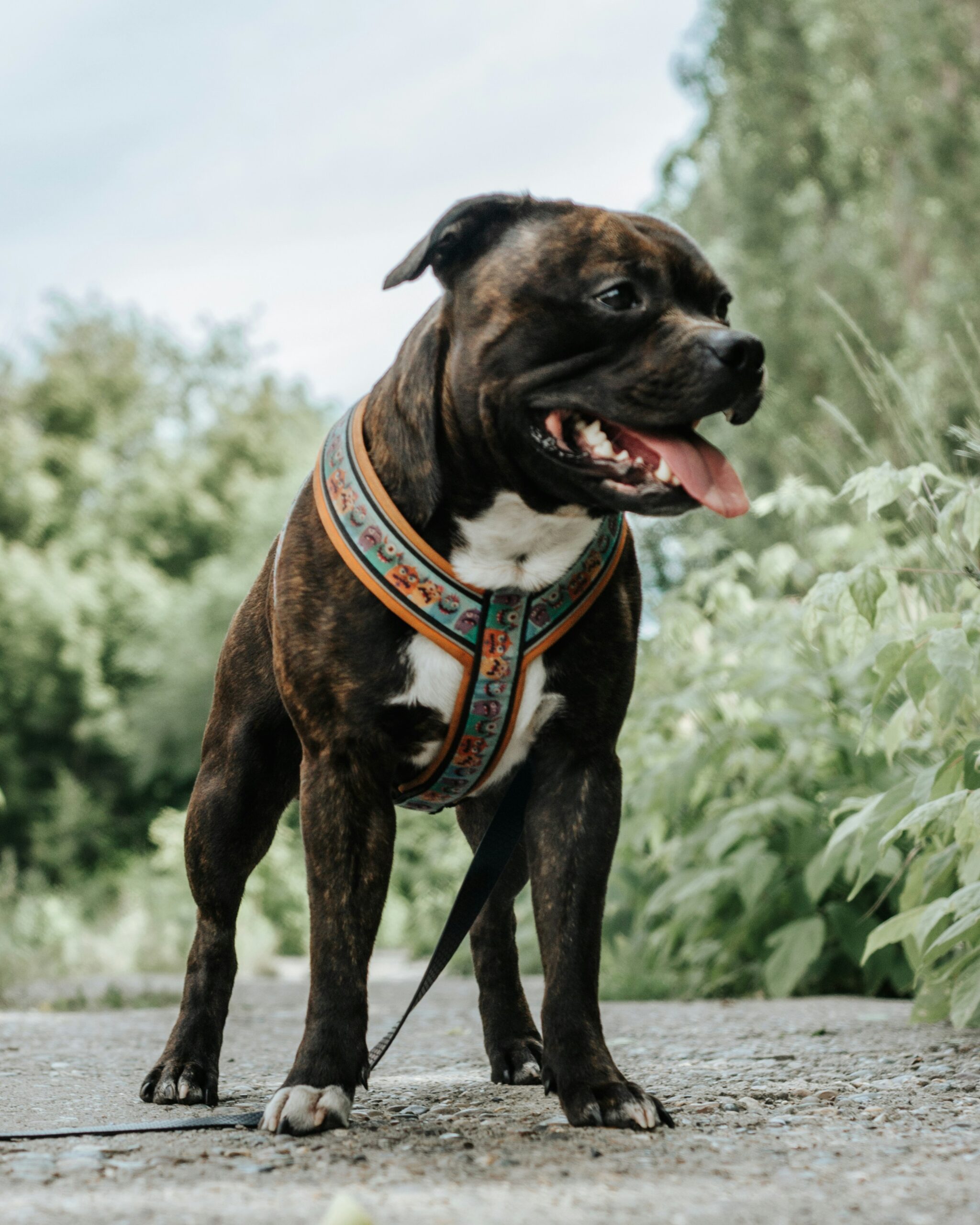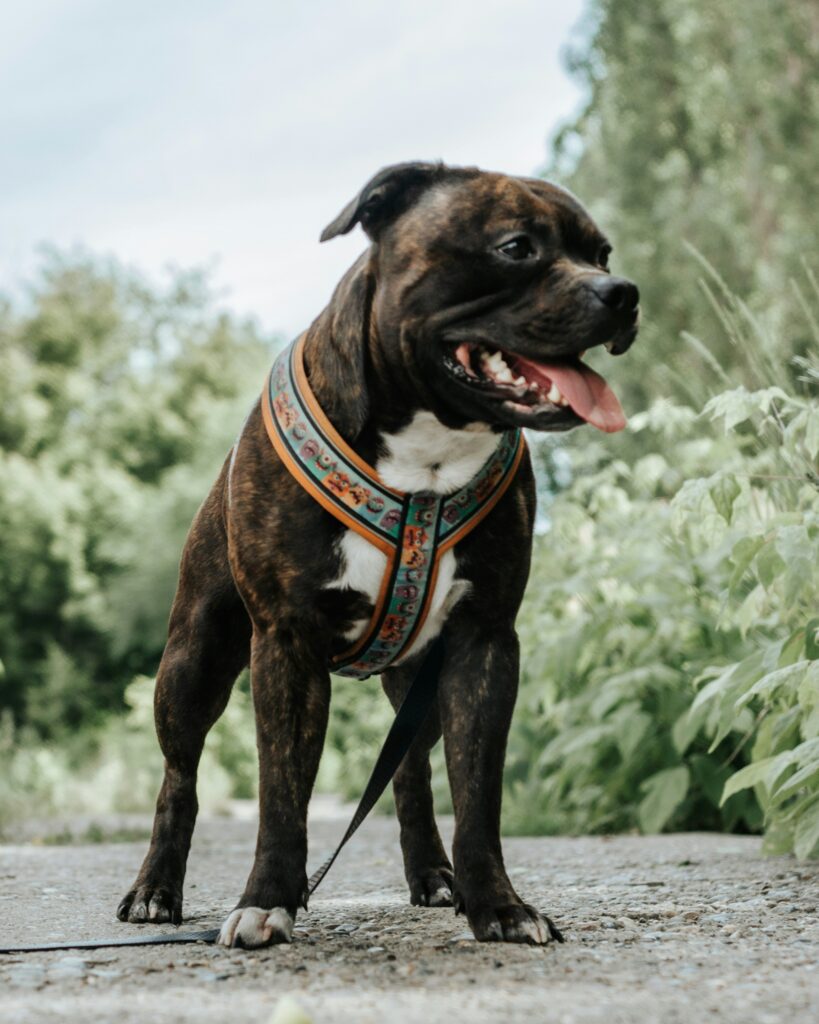If you’ve been thinking about bringing a furry companion into your life, let me tell you why a Staffordshire Bull Terrier might just steal your heart. These dogs are absolute gems, and opting for Staffordshire Bull Terrier adoption near me—or wherever you are—could be one of the best decisions you ever make. In this guide, we’re diving deep into everything you need to know about adopting a Staffy, from finding the right pup to understanding their unique needs. So, grab a cup of coffee, and let’s chat about how you can find your perfect companion through adoption.
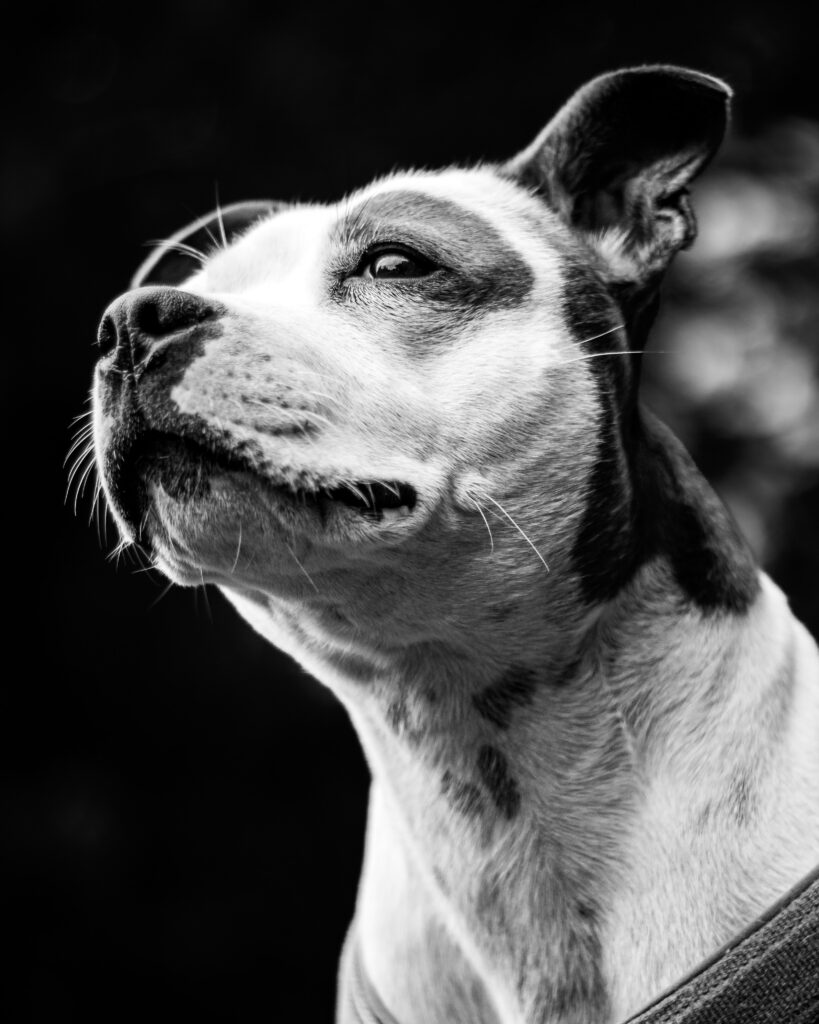
Introduction to Staffordshire Bull Terrier Adoption
First things first, let’s talk about what makes the Staffordshire Bull Terrier so special. Often called “Staffies,” these dogs are compact bundles of muscle, energy, and love. Originating from England, they were historically bred for bull-baiting, but don’t let that tough history fool you. Today, they’re known for their loyalty, courage, and downright cuddly nature. With their wide, cheeky grins and wagging tails, Staffies are often described as “nanny dogs” because of their gentle demeanor with kids.
Now, why adoption over buying from a breeder? Well, when you choose to adopt a Staffordshire Bull Terrier, you’re not just gaining a loyal friend—you’re saving a life. Shelters and rescue organizations are full of amazing dogs waiting for a second chance, and many of them are Staffies. Plus, adoption fees are usually much lower than breeder prices, and you’re often getting a dog that’s already vaccinated, spayed or neutered, and sometimes even microchipped. And let’s not forget the growing interest in Staffordshire Terrier rescue. More and more people are realizing that these dogs deserve loving homes, and rescue groups are stepping up to help make that happen.
Why Choose to Adopt a Staffordshire Bull Terrier?
So, why should you consider adopting a Staffy specifically? For starters, these dogs are the epitome of loyalty. Once they bond with you, they’re your ride-or-die buddy. They’re incredibly affectionate, often wanting nothing more than to snuggle up on the couch after a good play session. Staffies are also super versatile—whether you’re an active person who loves long walks or someone who prefers a chill day at home, they adapt to your lifestyle with ease.
But let’s clear up some misconceptions while we’re at it. I know some folks think Staffies are aggressive or dangerous because of their muscular build and history. That couldn’t be further from the truth! With proper socialization and training, these dogs are as sweet as they come. In fact, they often get along great with other pets and people when raised right. The bad rap they get usually comes from irresponsible ownership, not the breed itself.
Another huge reason to adopt a Staffordshire Bull Terrier for adoption is the impact it has on shelter populations. Every time you adopt, you’re freeing up space for another dog in need. Shelters are often overcrowded, and by choosing to adopt a Staffy, you’re directly helping to reduce the number of homeless pets. It’s a win-win—you get a loving companion, and a deserving dog gets a forever home.
Finding Staffordshire Bull Terrier Adoption Near Me
Alright, let’s get practical. How do you go about finding Staffordshire Bull Terrier adoption near me? The good news is, there are plenty of ways to start your search. First, check out local shelters and humane societies in your area. Many of these places have Staffies waiting for homes, and they’re often eager to help match you with the right dog. Don’t be shy—give them a call or pop in for a visit.
If you’re looking for something more specific, like a Staffordshire Terrier rescue near me, the internet is your best friend. Websites like Petfinder, Adopt-a-Pet, and even social media groups dedicated to Staffy rescues can point you in the right direction. Just type in “Staffordshire Terrier rescue” or “adopt Staffordshire Bull Terrier” along with your location, and you’ll likely find a list of organizations or individual dogs up for adoption. Many rescues post detailed profiles of their dogs, including age, temperament, and any special needs, so you can get a sense of who might be the perfect fit for you.
And here’s a big tip: don’t skip the in-person visit. Sure, browsing online is great, but nothing beats meeting a dog face-to-face. Head to a local shelter or rescue event to interact with potential pets. You might just lock eyes with a Staffy who’s meant to be yours. Plus, shelter staff can give you the lowdown on each dog’s personality and history, which is super helpful when making your decision.
What to Expect When You Adopt a Staffy
So, you’ve found a Staffordshire Bull Terrier for adoption, and you’re ready to take the plunge. What’s next? The adoption process usually starts with an application. Most shelters and rescues want to make sure their dogs are going to good homes, so they’ll ask about your lifestyle, living situation, and experience with pets. Some might even do a home check or require references. Don’t stress—this is just to ensure a good match for both you and the dog.
Once you’re approved to adopt a Staffy, it’s time to prep your home. Make sure you’ve got the basics: a comfy bed, food and water bowls, high-quality dog food, and some toys (Staffies love to chew, so get something durable!). You’ll also want to dog-proof your space—hide those tempting shoes and secure any loose wires. If you’ve got a yard, check that the fence is secure because these pups can be little escape artists if they spot something exciting on the other side.
Now, let’s talk about the first few weeks. Bringing home a newly adopted Staffordshire Bull Terrier can come with some challenges. They might be shy, anxious, or unsure of their new surroundings, especially if they’ve had a rough past. Be patient and give them time to adjust. Start with a consistent routine for feeding, walks, and bedtime—it helps them feel secure. And don’t skimp on the love! Spend quality time bonding through play or just chilling together. Before you know it, they’ll be wagging their tail like they’ve known you forever.
If you’re curious about local options, search for “Staffordshire Bull Terrier adoption near me” to find shelters or rescues in your area. You might be surprised at how many amazing Staffies are just waiting for someone like you to come along.
Staffordshire Terrier Rescue: Giving a Second Chance
Let’s take a moment to shine a spotlight on Staffordshire Terrier rescue organizations. These groups are the unsung heroes of the dog world, working tirelessly to save Staffies from tough situations. Whether it’s pulling dogs from overcrowded shelters, rehabilitating those who’ve been neglected, or providing medical care for injured pups, rescue teams are all about giving these dogs a second shot at happiness.
I’ve heard so many heartwarming stories about Staffies who’ve been through the wringer and still come out full of love. Take, for example, a pup named Max I read about through a Staffordshire Terrier rescue near me. Max was found abandoned, underweight, and scared, but after months of care from a dedicated rescue group, he was adopted by a family who couldn’t imagine life without him. Now, he’s the king of their household, snoozing on the couch and begging for belly rubs. Stories like this remind us why adoption matters.
And hey, even if you’re not in a position to adopt a Staffordshire Bull Terrier right now, there are still ways to help. Many rescues need volunteers to walk dogs, help with events, or even foster pets temporarily. Donations—whether it’s money, food, or supplies—also go a long way. So, if you’re passionate about helping Staffies, reach out to a local rescue and see how you can pitch in.
Special Considerations for Blue Staffy for Adoption
Now, let’s chat about a specific type of Staffy that’s caught a lot of attention lately: the Blue Staffy. If you’re looking for a Blue Staffy for adoption, you’re in for a treat. These dogs have a stunning grayish-blue coat that makes them stand out from the crowd. But beyond their looks, they’re just as loving and energetic as any other Staffy.
That said, there are a few things to keep in mind if you’re hoping to adopt a Blue Staffy. The blue coat color can sometimes come with health considerations, like a higher risk of skin issues or allergies. This is due to a genetic condition called Color Dilution Alopecia, which can cause hair loss or irritation in some blue-coated dogs. It’s not a guarantee, but it’s something to discuss with the rescue or shelter. Make sure you’re prepared for potential vet visits or special care if needed.
Finding a Blue Staffy for adoption might take a bit more effort since this color variant is less common. Start by searching for rescues that specialize in Staffordshire Bull Terriers and ask if they have any blue-coated dogs available. You can also broaden your search online with terms like “adopt a Staffy” or “Blue Staffy for adoption” to see what pops up. Just be cautious and stick to reputable organizations—avoid anyone who seems more focused on profit than the dog’s well-being.
Conclusion: Making a Difference by Adopting a Staffordshire Bull Terrier
So, there you have it, my friend—a full rundown on why adopting a Staffordshire Bull Terrier is such an incredible choice. Not only do you gain a loyal, loving companion who’ll stick by your side through thick and thin, but you’re also making a real difference in the world. Every time someone chooses to adopt a Staffy, it’s a step toward reducing the number of dogs in shelters and giving a deserving pup a fresh start.
I can’t encourage you enough to explore options for Staffordshire Bull Terrier adoption near me—or wherever you call home. Whether it’s through a local shelter, a dedicated Staffordshire Terrier rescue, or an online database, there’s a Staffy out there waiting for you. And if you’ve got your heart set on something unique, keep an eye out for a Blue Staffy for adoption or just be open to any Staffy who steals your heart.
So, what are you waiting for? Take the leap and adopt a Staffy today. Trust me, the moment you bring that wagging tail into your life, you’ll wonder how you ever lived without them. Let’s transform a life—yours and theirs—by choosing adoption. Head out, find your new best friend, and give a Staffordshire Bull Terrier the forever home they deserve.

